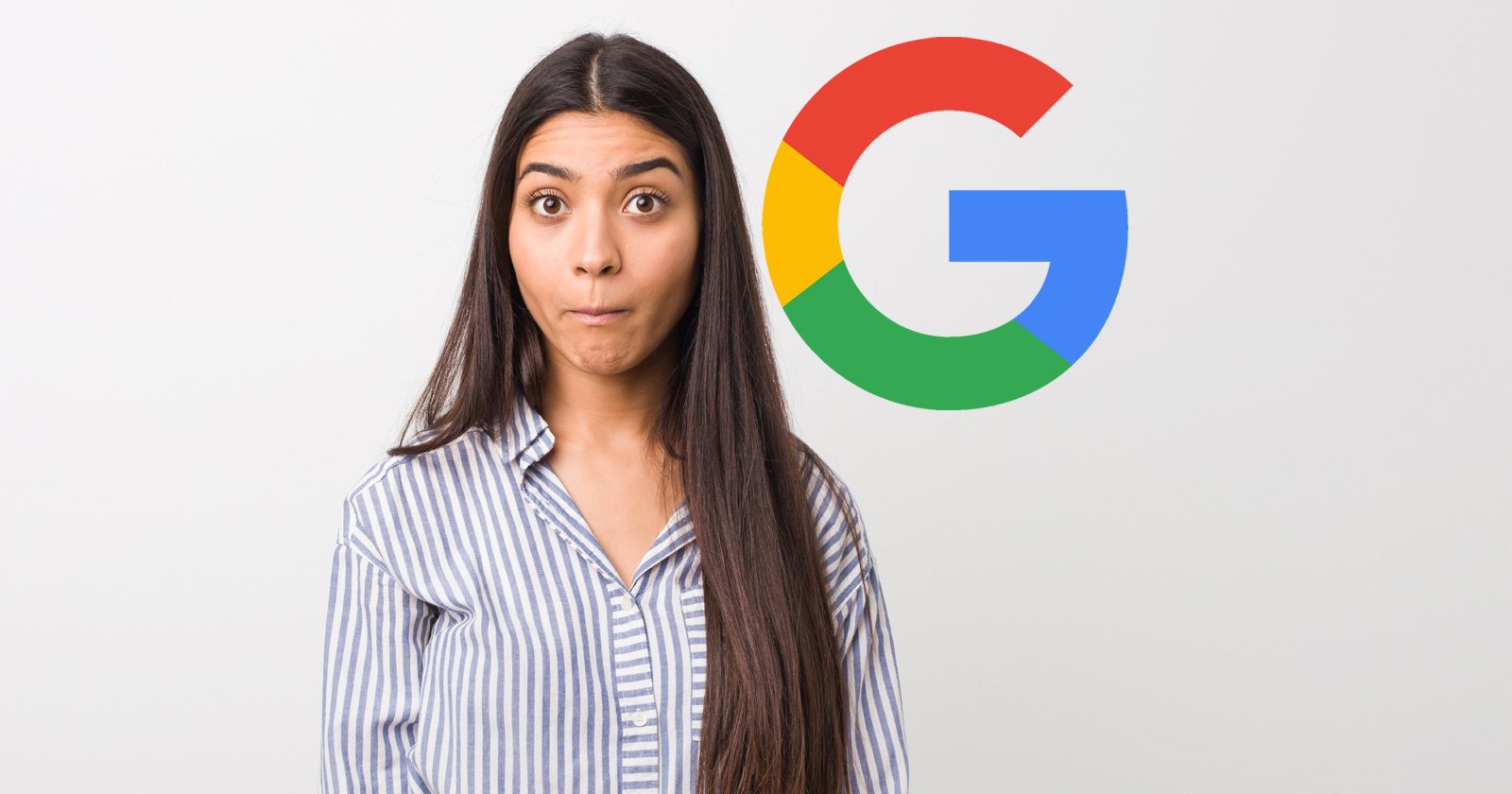Two Googlers discussed the use of stock photography in a recent Search Off the Record podcast, where they explored the relative benefits and downsides of the practice.
There are many opinions for and against the use of stock photography. Perhaps a point of agreement is that it may be inappropriate in certain contexts such as “our team” pages where a user might expect images of actual users.
But how do people who curate Google’s support documents feel about about it?
Googlers share the same concerns as anyone else who publishes content.
Downsides to Stock Photography?
Lizzi Sassman, who curates Googles Search Central documentation starts the discussion on stock photography by first asking if there are any considerations against using it.
“Lizzi Sassman:
Well, it could be for fun. Sometimes we have like, “Oh, we want a fun cosmetic image for a blog post or something like that.”
John Mueller:
I mean…Lizzi Sassman:
You would also say, “Okay?”John Mueller:
Sure.Lizzi Sassman:
Or would there would be downsides to using stock photography?John Mueller:
I think if you wanted to use them as a decorative element on a page, it’s perfectly fine.It adds a little bit flavor, a little bit more color to the post, or to whatever content we have there.
So if it’s a, I don’t know, a Halloween themed article, then adding… I don’t know… stock photography of a spider…
I guess spider, you wouldn’t want to have them too realistic.
That might be triggering for some people.
But some stock photography that’s Halloween-themed, and not too scary for our site, I guess… that would be perfectly fine.”
Mueller confirms that stock photography is fine to use in the context of livening up textual context and he also implies that the image should be appropriate for the audience, like for example not using excessively frightening images within the context of Google’s Search Central documentation, even if the context is Halloween.
Common sense, right?
Stock Photography and Image Search
The Googlers next turn to discuss stock photography in the context of image search.
A reminder, please note that Mueller is discussing stock images in the hypothetical context of Search Central using stock images.
“John Mueller:
But I think the aspect there is it’s stock photography.And if people are searching for Halloween photos, it’s unlikely that we would show up in the search results for that.
We would have that image, but probably, I don’t know, 20, 30 other sites have the same image, and they all have a license for it, and showing it is fine.
And perhaps even the original stock photography site has that image in the search results.
And if you’re searching for something like a Halloween image, then you probably want to go with the original site.
It’s not that Google’s documentation should rank for that query.
I guess the other aspect is also you wouldn’t rank for this in Image Search, but it doesn’t count against it either.
So you have other good images on the same page or on the site… or if you’re talking about Web Search, that’s not going to harm your site.
It’s more, it’s like, well, it’s decorative, but it’s not what your site is about.
Therefore, you won’t rank for that specific stock photography.
But everything else will be fine.
It’s not that we say, “Oh, this is a generic site. We shouldn’t show it in Search.”
Stock Photography – Pros and Cons
The Search Off the Record podcast makes several points clear about stock photography.
Stock photography will not have a negative influence on web search performance for a webpage, which should alleviate any anxiety felt by those who use it or are contemplating it.
On the other hand, don’t expect stock photography to rank on image search.
There are some who believe that stock photography may distract site visitors or project a lack of authenticity.
But that’s only the case if the stock photography is in a context that requires authenticity, like in an “about us” or “our team” webpage.
John Mueller made the point about stock photography and authenticity in an Office-Hours hangout from 2020 when he said:
“For image search, if it’s the same image as used in many places, it’ll be harder.
There’s also the potential impact on users, after search happens, eg: does it affect conversions if your team photo is obvious stock photography?”
Something that went unmentioned is that there is value in using structured data for images on the webpage.
So even if the featured image is a stock image it may still be useful for Google to know that this is the featured image through the structured data.
Images in structured data qualify for inclusion in any rich results.
According to Google’s documentation:
“If you include structured data, Google Images can display your images as rich results, including a prominent badge, which give users relevant information about your page and can drive better targeted traffic to your site.”
Citation
Listen to this part of the Search Off the Record podcast at the 4:21 minute mark
Featured image by Shutterstock/Asier Romero
